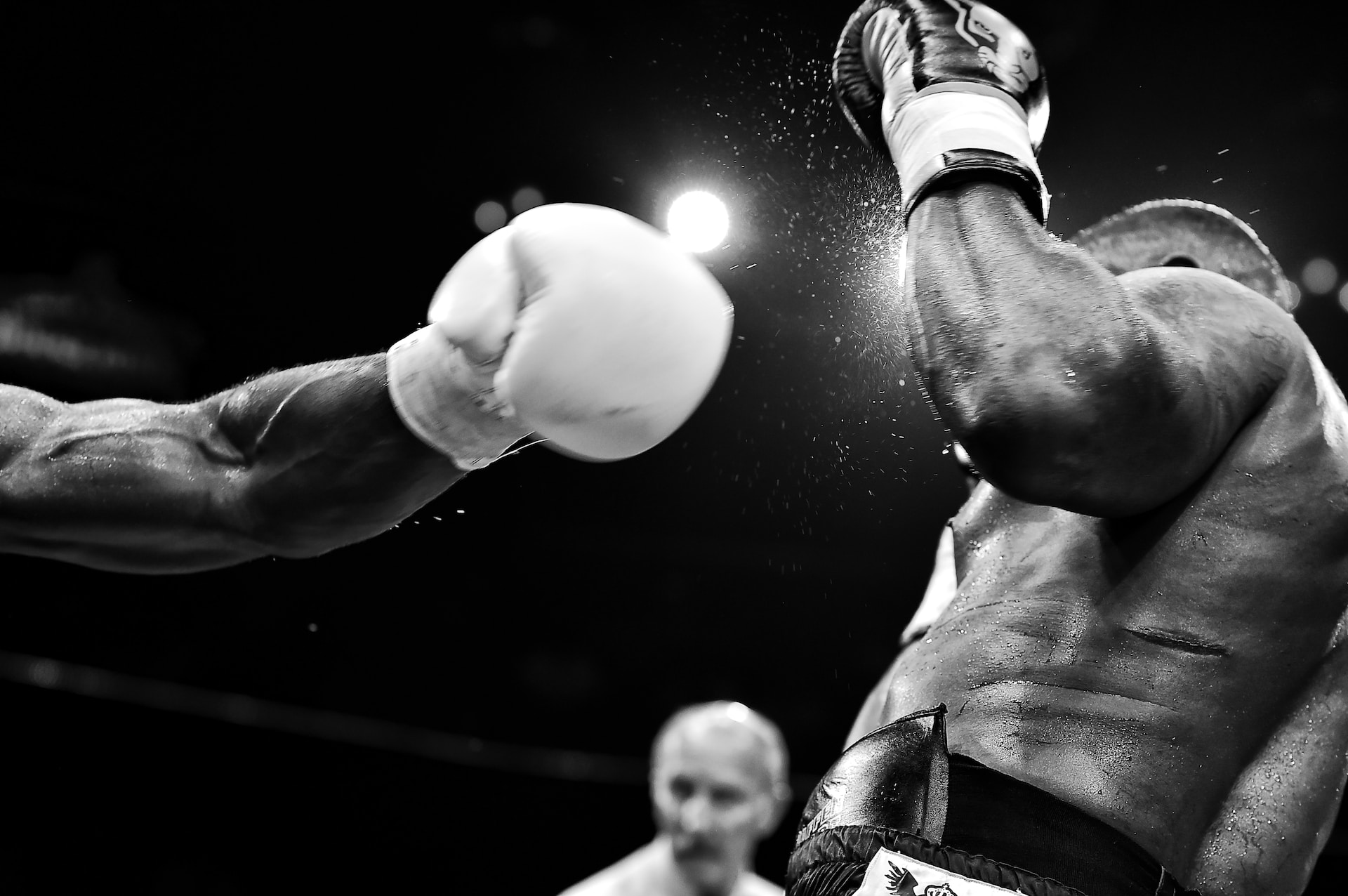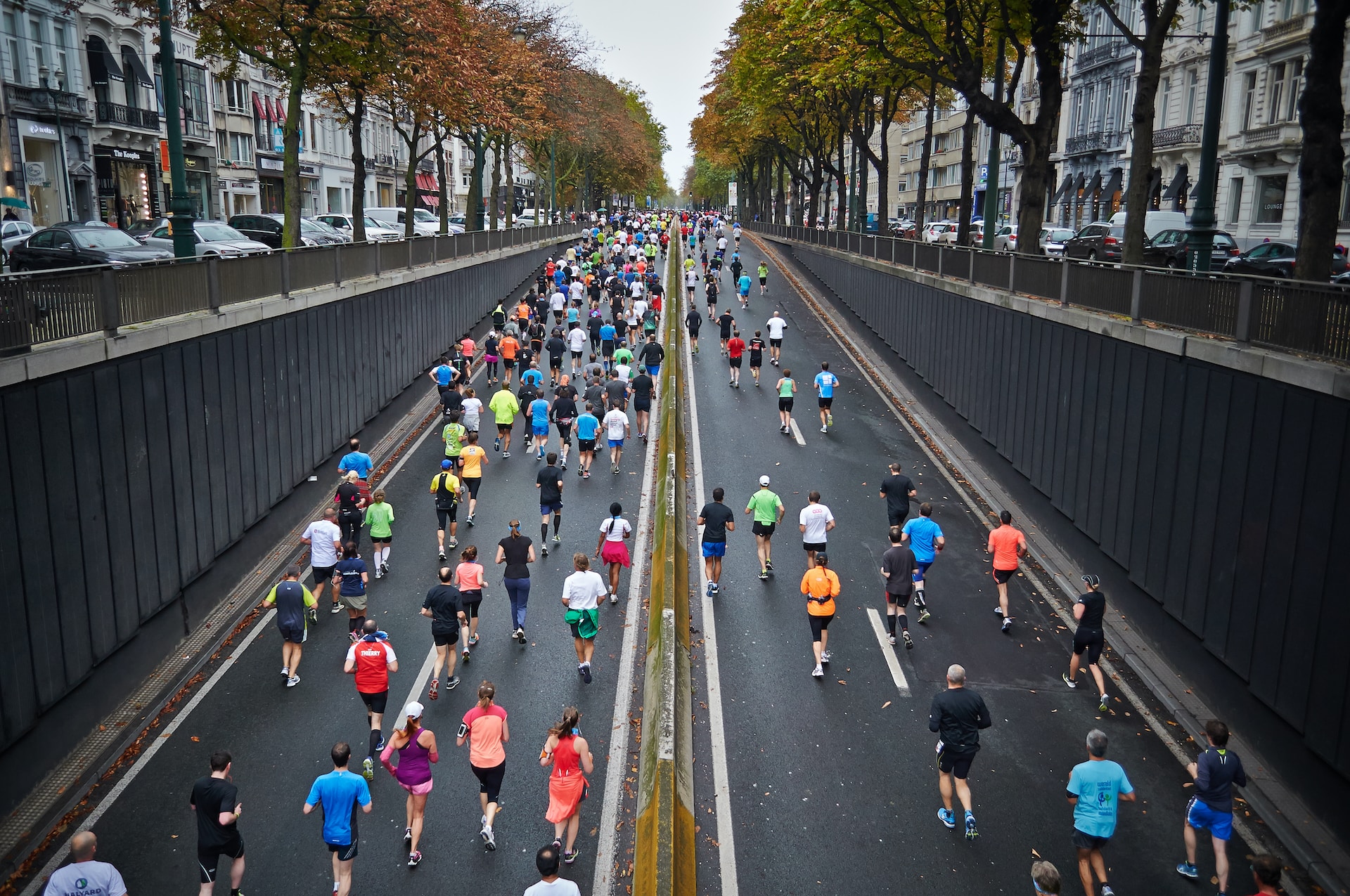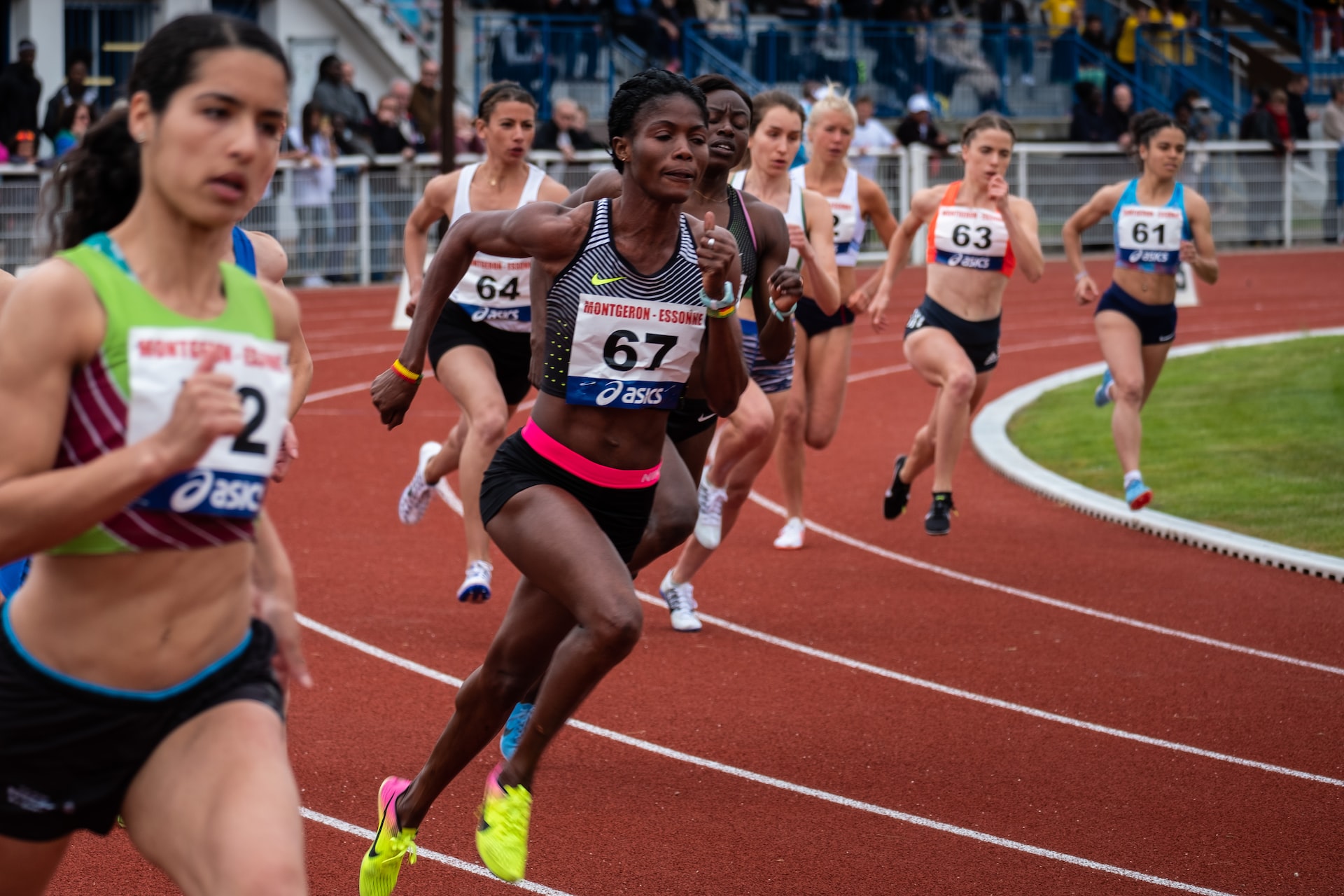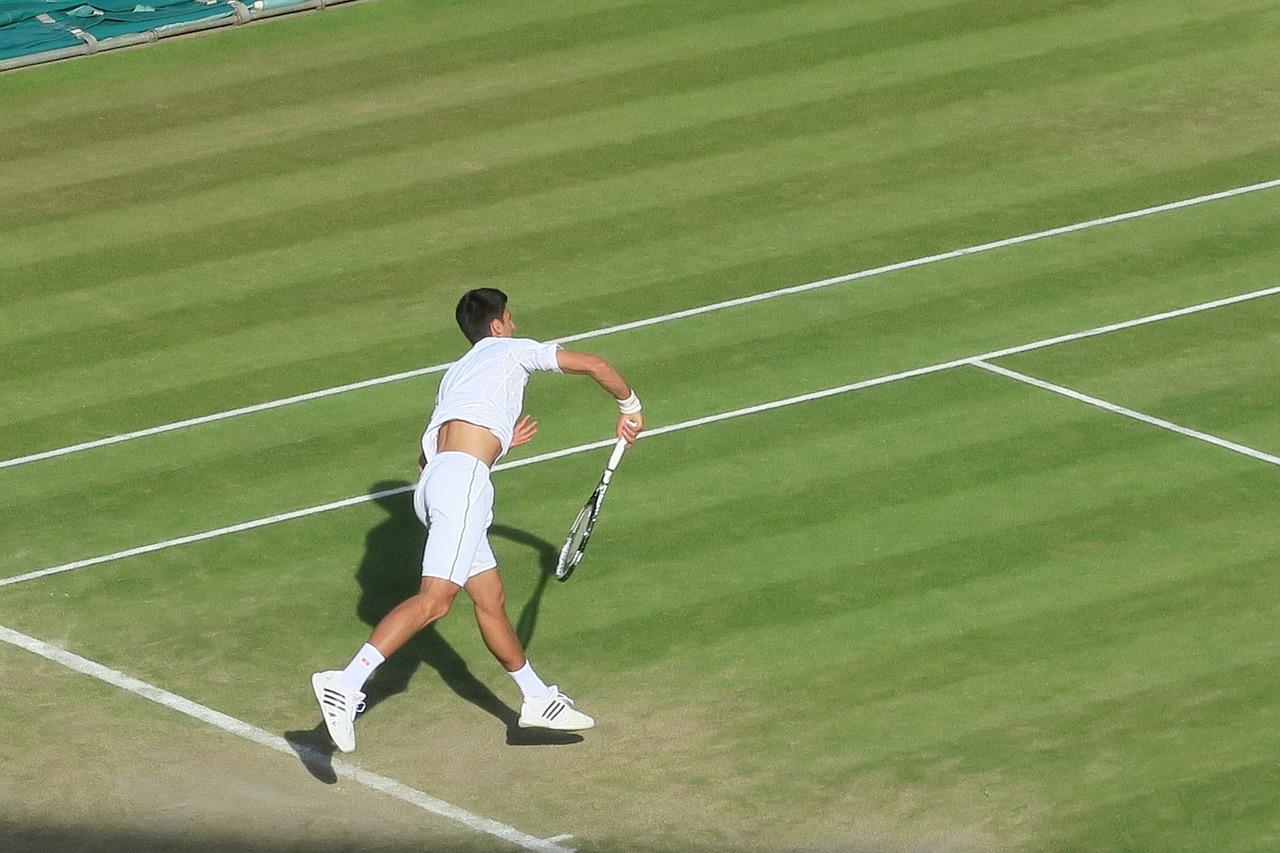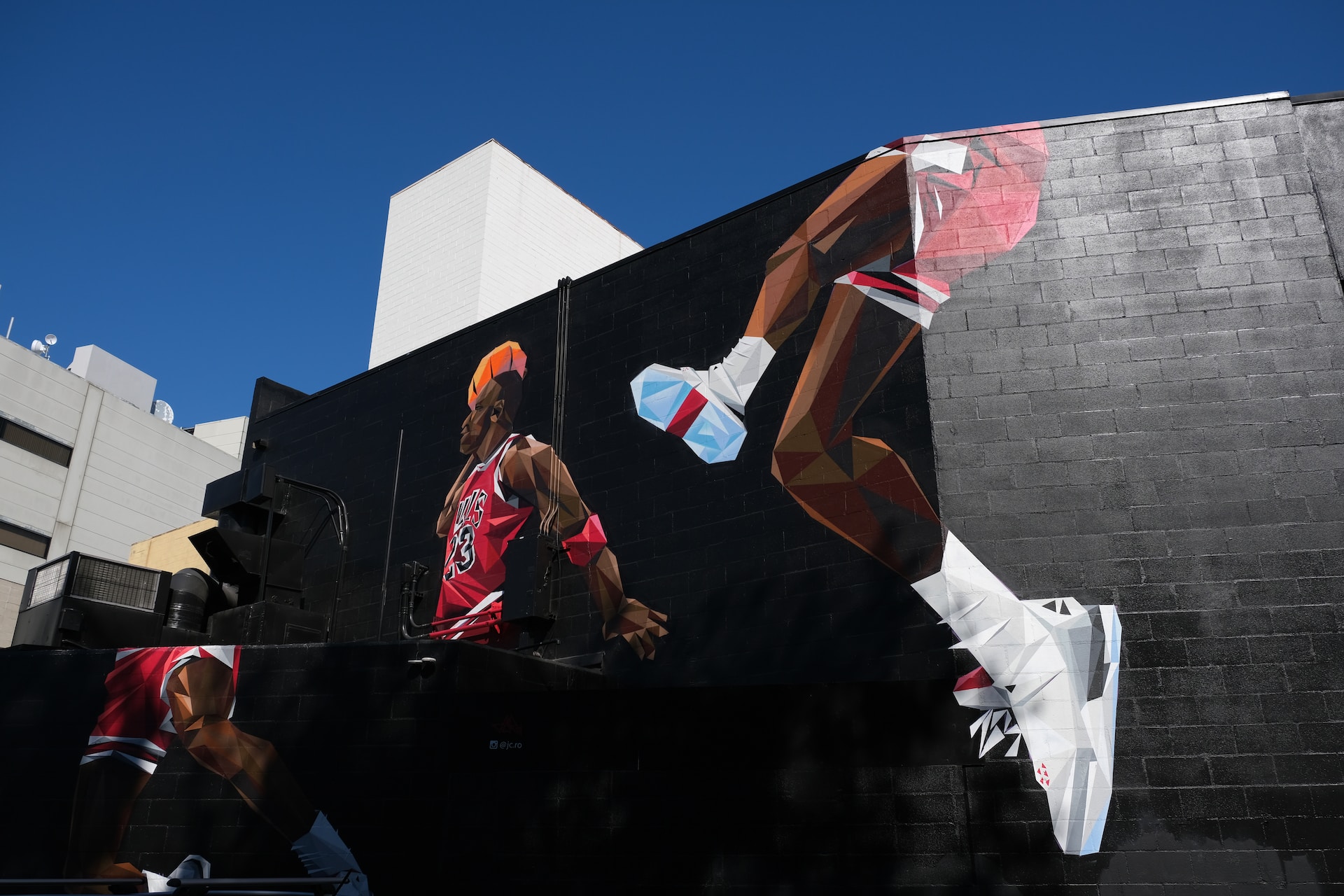Boxing, known as the “sweet science,” has a storied history that extends beyond the confines of the ring. For decades, boxing has captured the attention and imagination of people worldwide, transcending boundaries and becoming an integral part of various cultures. Beyond its physicality, boxing has had a profound impact on society, influencing art, literature, music, and even political movements. In this blog post, we will delve into the cultural impact of boxing and examine how it has shaped our world.
Boxing and the Human Spirit
At its core, boxing embodies the resilience and determination of the human spirit. The sport showcases the indomitable will of individuals who enter the ring, facing both physical and mental challenges. These fighters become symbols of perseverance, inspiring others to overcome their own obstacles. The story of an underdog fighter who rises against all odds is a recurring theme in popular culture, resonating with audiences globally. The iconic film “Rocky” is a prime example, portraying a boxer’s journey from obscurity to glory, highlighting the importance of perseverance and never giving up.
Social Equality and Empowerment
Boxing has often been a catalyst for social equality and empowerment. Historically, the sport has provided opportunities for individuals from disadvantaged backgrounds to break free from the cycle of poverty. Fighters like Jack Johnson, the first African American heavyweight champion, and Muhammad Ali, who stood against racial injustice, paved the way for a more inclusive society. Their triumphs in the ring became symbolic victories for marginalized communities, inspiring generations to fight for equal rights.
Artistic Expressions and Cultural Representation
Boxing has also influenced artistic expressions, particularly in literature and visual arts. Numerous writers have explored the theme of boxing, using it as a metaphor for life’s struggles. Ernest Hemingway’s “The Battler” and Norman Mailer’s “The Fight” are notable examples of how boxing serves as a backdrop to explore complex human emotions and themes such as violence, masculinity, and redemption.
Visual artists have also been drawn to boxing as a subject matter. Painters like George Bellows and Thomas Eakins captured the raw energy and emotion of boxing matches in their artworks. These depictions not only showcase the physicality of the sport but also serve as reflections of the cultural climate in which they were created.
Boxing in Popular Culture
Boxing’s cultural impact is evident in its influence on popular culture. The sport has found its way into mainstream entertainment, with boxing matches becoming must-watch events that captivate millions worldwide. The rivalry between fighters, the spectacle of the ring entrances, and the anticipation of a knockout punch generate excitement and draw massive audiences.
Beyond live events, boxing has made its mark on other forms of entertainment. Numerous movies, such as “Raging Bull” and “Million Dollar Baby,” have won critical acclaim and garnered mainstream success, showcasing the sport’s ability to captivate audiences through compelling storytelling.
Music has also been heavily influenced by boxing. Iconic songs like Survivor’s “Eye of the Tiger,” written for the “Rocky” film franchise, have become anthems associated with the sport. The lyrics and melodies of these songs embody the determination and triumph that boxing represents, resonating with fans worldwide.
Boxing as Political and Social Commentary
Throughout the history of boxing, it has been intertwined with political and social movements. Fighters have used their platforms to bring attention to issues beyond the ring. Muhammad Ali’s refusal to serve in the Vietnam War and his vocal stance against racial injustice solidified his position as a cultural icon and helped galvanize the civil rights movement.
Additionally, the international nature of boxing has fostered cultural exchanges and transcended geopolitical tensions. High-profile fights between boxers from different countries have served as a platform for diplomacy and cultural understanding. The “Rumble in the Jungle” bout between Muhammad Ali and George Foreman in 1974, held in Kinshasa, Zaire (now the Democratic Republic of Congo), was a testament to the unifying power of sports, bringing together people from diverse backgrounds.
Boxing gloves, essential equipment in the sport of boxing, symbolize the physicality and intensity of the sport. They serve to protect the fighters’ hands and reduce the risk of injury during matches.
Conclusion
The cultural impact of boxing extends far beyond the confines of the sport itself. Through its representation of the human spirit, its role in social equality and empowerment, and its influence on artistic expressions and popular culture, boxing has become a universal language that resonates with people from all walks of life. It embodies themes of resilience, determination, and triumph, inspiring individuals and shaping societies. As boxing continues to evolve, it will undoubtedly leave an indelible mark on our cultural landscape. It will keep reminding us of the power of the human spirit and the potential for change.
